RECENT PEER REVIEWED PUBLICATIONS
Melo, M., J. M. Kolowski et al. 2025. Juvenile and adult survival estimates of American Kestrels throughout the full annual cycle in Eastern North America. Journal of Raptor Research.
- This paper, which was based partly on our data, found that survival of kestrel fledglings was much higher than previously expected and published. This indicates that low fledgling survival may not be a major cause of population decline. The results also suggest that winter survival is lower in Pennsylvania than in Florida, and that survival is lower in males than in females. Download the paper.
Coscia, J. T., J. B. C. Harris, D. Floyd, M. C. Beall, D. Bellangue, D. Chaney, J. Gorrell, E. Sackett, E. Staengl, J. L. Reid. 2024. Floristics of Virginia’s northern and central Piedmont grasslands. Vegetation Classification and Survey 5: 267-278.
- This paper demonstrates that unplanted Piedmont grasslands are the most species-rich plant communities in Virginia. We also found that 13 rare or threatened plant species are found in these habitats, and that these sites are being degraded each year. Download the paper.
Kolowski, J. M., C. Wolfer, M. McDaniels, A. Williams, and J. B. C. Harris. 2023. High-resolution GPS tracking of American Kestrels reveals breeding and post-breeding ranging behavior in northern Virginia, USA. Journal of Raptor Research 57:1–19.
- This is the first peer reviewed publication from our multiyear kestrel research. We found that kestrels have small, non-overlapping home ranges, they often make trips outside their home range, and several tracked birds established new home ranges in the region after breeding. Download the paper. Watch this video about the project, produced by Virginia Tech News.
REPORTS
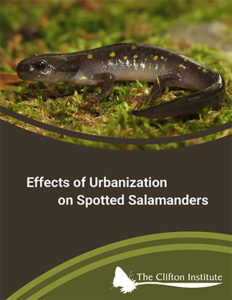 Effects of Urbanization on Spotted Salamanders
Effects of Urbanization on Spotted Salamanders
Learn how urbanization is affecting Spotted Salamanders and their habitat, and steps that developers, land managers, and others can take to help protect Spotted Salamanders.
PRESENTATIONS
 Why are American Kestrels declining?
Why are American Kestrels declining?
April 2025. Co-Director Bert Harris gave a talk summarizing the research we and our partners have done over the last four years trying to understand the causes for the decline in American Kestrels. We also share our current understanding of the best land management practices to support kestrels.
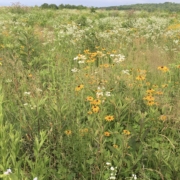 Remnant Savanna and Grassland Restoration in the Mid-Atlantic Piedmont
Remnant Savanna and Grassland Restoration in the Mid-Atlantic Piedmont
February 2025. Co-Director Bert Harris discusses the latest results from three research projects about savanna and grassland restoration.
 Restoration of Piedmont Prairies
Restoration of Piedmont Prairies
April 2024. Co-Director Bert Harris discusses our ongoing experiment focusing on native prairies and how best to restore them.
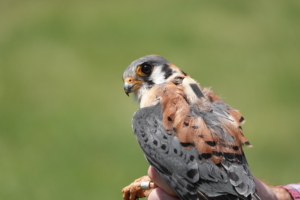 American Kestrel Research Update
American Kestrel Research Update
February 2024. Co-Director Bert Harris provides an update on our American Kestrel research project with new findings about habitat use, prey abundance, and clutch reduction.
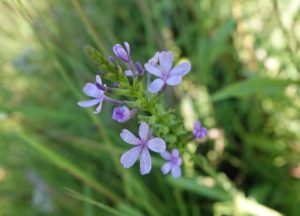 Land Management Lessons from Piedmont Prairies
Land Management Lessons from Piedmont Prairies
March 2022. Co-Director Bert Harris presents the results from our research on remnant native grasslands to the Virginia Native Plant Society. We found that remnant prairies in the northern and central Piedmont are the most diverse plant communities in the entire state. Our plant community composition results can be used to guide meadow plantings and restoration projects.
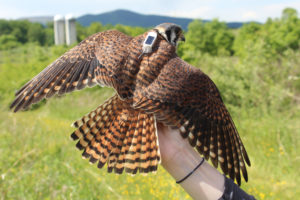 American Kestrel Nesting Habitat
American Kestrel Nesting Habitat
January 2022. Co-Director Bert Harris presents results from the first season of our research on American Kestrels. We found that kestrels in our area have very small territories and they seem to prefer cattle pastures over all other habitats.

